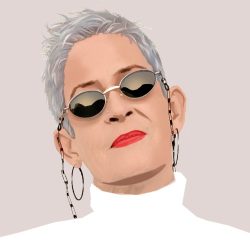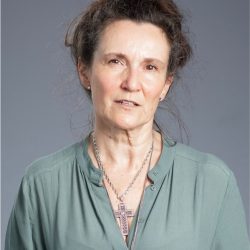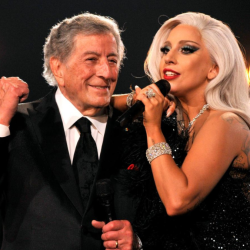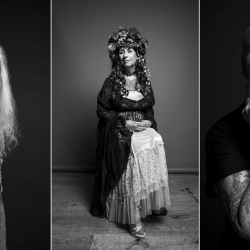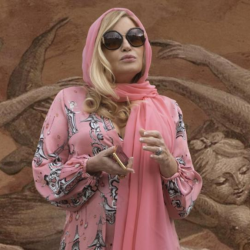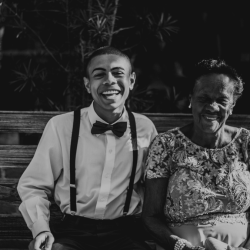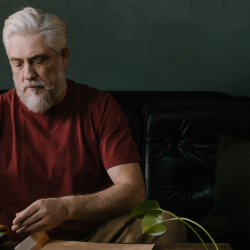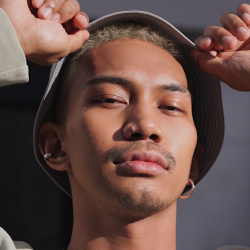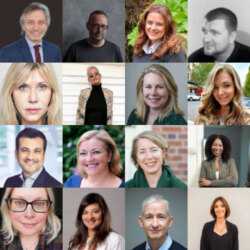Why, both internally within agencies and externally in work produced, can’t the advertising industry fix its issues around ageism? We asked this because, every few years the industry has a bit of a focus on ageism, then forgets about it again. We wanted to get to the bottom of why, and so asked our network.
Jane Evans — Author and Founder of Uninvisibility
The answer is very simple — take your biggest consumer group seriously. Women 45+ make 50.3% of all purchasing decisions, yet it’s rare to see a brief aimed at us (unless it’s for menopause). If a job for our demographic miraculously appears, it does so with a strategy gained from second-hand insights handed to a female team, whose only reference point is their mum. Generally, the result is advertising that leaves midlife women rolling their eyes. Something so safe it bores us, or we simply don’t realise you’re talking to us because you’re showing women in their 70s. You know, like Helen Mirren. Advertising needs to bring back (or train up) midlife women in all areas of the industry, but most of all we need to be creating, writing and directing our own narrative. The majority of midlife women feel invisible. We’re not going to be seen until we’re heard, and you’ll never truly profit from our spending power until we actually see ourselves.
Jane Evans is co-author of Invisible to Invaluable: Unleashing the Power of Midlife Women. She runs Uninvisibility creative agency for midlife women and Visible Start, which trains midlife women for new careers.
Anton Jerges — CEO and Founder at We Are Collider
Maybe… Ad land is still labouring under the miscomprehension that younger generations are the early adopters; the theory being that they then influence older generations. There’s still a pervasive school of marketing thought that says: if they want to get to the oldies, get the youngsters on board first. Two birds with one budget-shaped stone. But is this still true?
In recognition of the fact that oldies are now just as capable of setting the cultural agenda, Loewe recently chose 89-year-old Maggie Smith as the face of its latest campaign. We need to get more people aged 50+ both behind and in front of the camera. And we need to get clients on board, driving the mission with us. Only then will ad land will be able to follow the bold new path, trail-blazed by Loewe and Maggie.
Anna Dalziel — Founder of 40 Over Forty
I do think there is progress, but unfortunately ageism is deep-rooted in advertising. Agencies must look at hiring practices, promotions, salaries and potential internal biases — every aspect of a person’s career to solve this. The reality is companies are not prioritising generational issues. According to Harvard Business Review only 8% of organisations include age as part of their DEI strategy, so if they are not part of your strategy, how can you solve the issue? And while some may argue about the need for fresh perspectives and younger talent in advertising (which I wholeheartedly support), we cannot ignore the value that experienced professionals bring to the table. It takes a diverse team with varying backgrounds, experiences, and ages for true inclusive innovation to occur. It’s time for the advertising industry to wake up and address ageism.
Companies need to prioritise creating a truly diverse and inclusive workplace, not just for the sake of social responsibility, but also for their own benefit. We must remember that age does not define one’s skills or worth in the advertising industry (or any industry for that matter). It’s time we break down these stereotypes and embrace individuals of all ages as valuable contributors towards progress and success. Let’s work towards a future where ageism is no longer talked about in our industry and is tackled along with the other ‘isms’.
Carolyn Stebbings — Chief Operating and Inclusion Officer at RAPP
Is it that the industry can’t, or it won’t? There is unconscious bias against older generations because they are felt to be less appealing, less aspirational and less desirable. Unless part of the brief for funeral plans, 55+ insurance or erectile dysfunction products they just aren’t considered. Some of this comes from the fact that the creative and marketing industry appears to still favour employing the young, thinking that they are the only ones familiar and capable with new technology and trends. Creative solutions have grasped race, gender and disability — now they need to embrace multi-generational. Not just another tick box. We were all young and we will all be older, and I doubt any of us feel less capable, ambitious or less on the ball than we did in our 20s.
Featured image: Gabriella Clare Marino / Unsplash


















